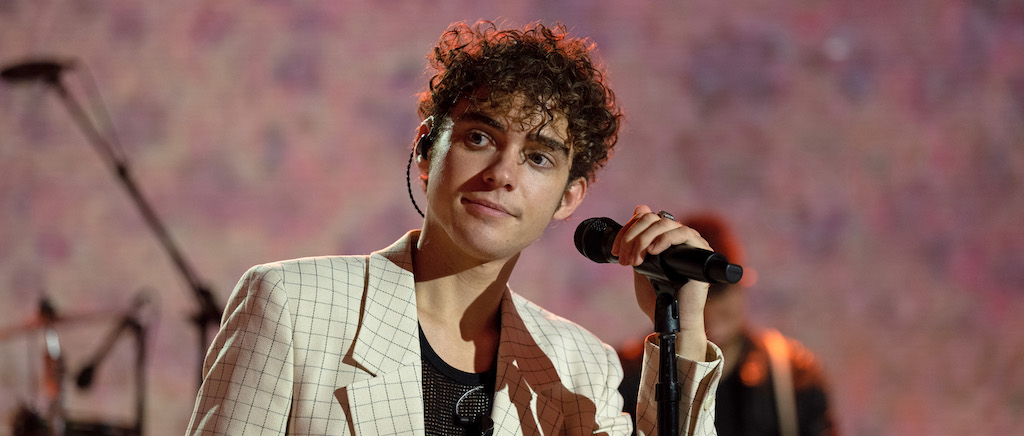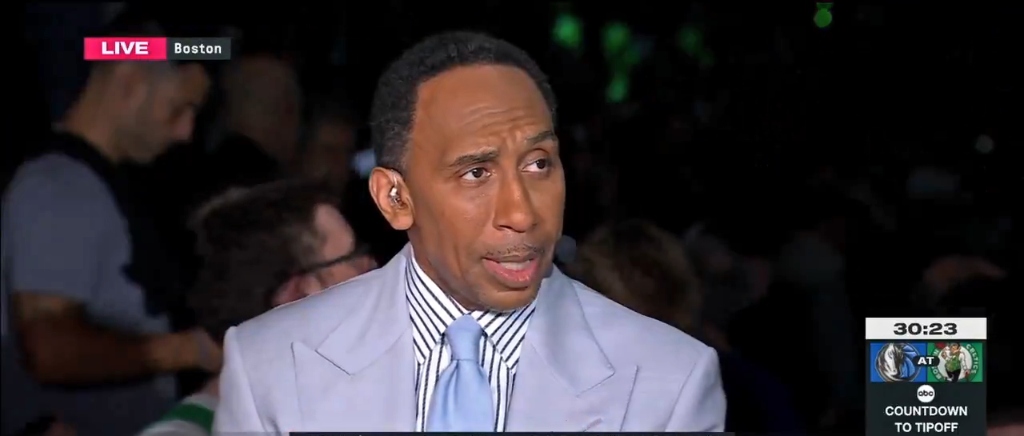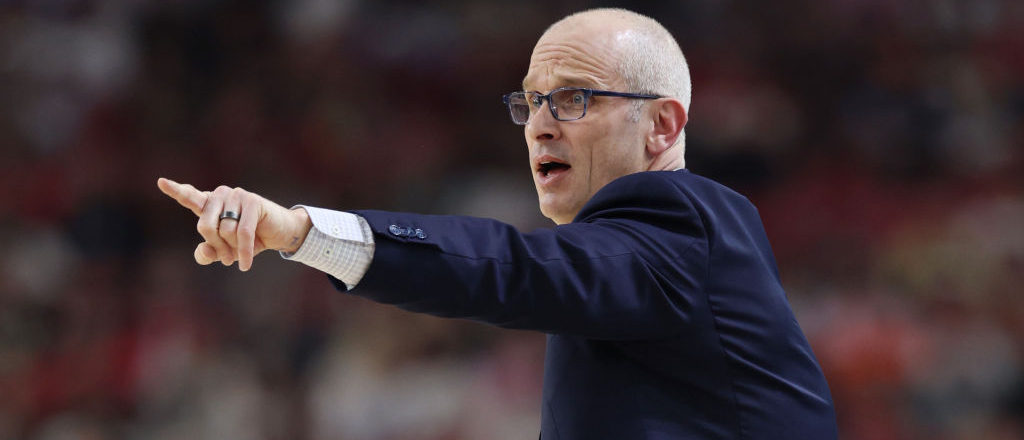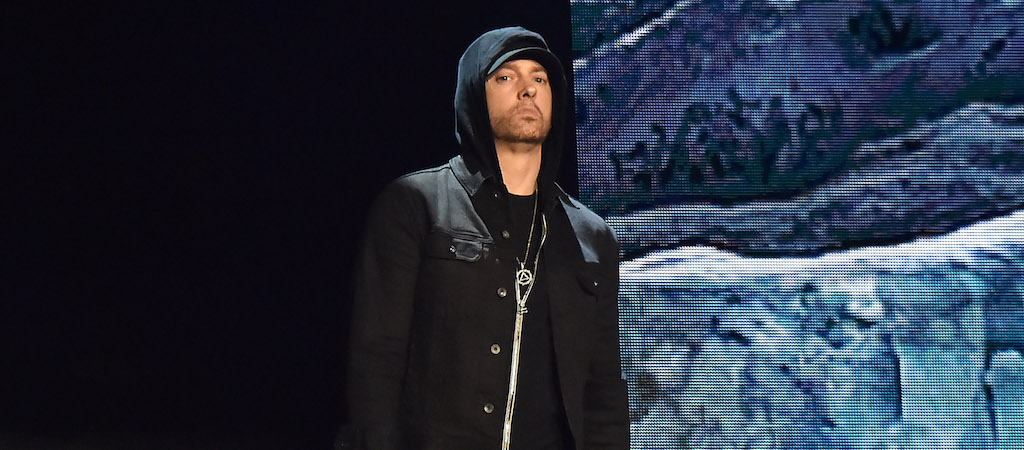
Drake hasn’t been doing too well in the court of public opinion over the last couple of months. It goes back to he and Kendrick Lamar’s rap beef that has seemingly concluded, but at best, has returned to the cold war it was before Lamar’s world-rocking “Like That” diss. Music fans deemed Lamar the winner and levied Drake with jokes afterward. It continued with Metro Boomin’s “BBL Drizzy” diss beat and things got worse when Drake remixed Snowd4y’s “Wah Gwan Delilah.” Both instances resulted in jokes from fans, and they continued thanks to Drake’s latest Instagram post which captured him in some funky pants.
Over the weekend, Drake made an appearance at his son Adonis’ soccer game. The was seen on the sidelines for teh game in a fancy get up: a sweater wrapped around his neck over a beige shirt and very baggy pleat pants. The pants in question went on to be the focus of jokes and commentary from fans on social media compared them to “dad pants” while also reference the “BBL Drizzy” allegations, the alleged daughter Kendrick said he had on “Meet The Grahams,” and Michael Jordan who is known for his affinity of baggy pants.
Kendrick Lamar has broken Aubrey Drake Graham so badly that he is wearing a Little House on the Prairie Skirt Pants. pic.twitter.com/Kum83IDRtj
— i am so greg. (@mistergeezy) June 10, 2024
Drake got them Michael Jordan cut pants lol https://t.co/A03JbSDgp3
— Beanz N Kornbread® (@BeanznKornbread) June 10, 2024
The fact that this is drake
Wallahi looks like my dad’s pants https://t.co/x12e2oiC3H— captain CHARISMA
(@luhyaheat) June 10, 2024
“Kendrick Lamar has broken Aubrey Drake Graham so badly that he is wearing a Little House on the Prairie Skirt Pants,” one fan wrote. Another wrote, “Drake got them Michael Jordan cut pants lol” while a third said. “The fact that this is drake  Wallahi looks like my dad’s pants.”
Wallahi looks like my dad’s pants.”
The jokes continued and you can view all of them in the tweets below.
Profoundly enormous pants on Drake here pic.twitter.com/KKjtCIpgHo
— Rachel Tashjian Wise (@theprophetpizza) June 10, 2024
The problem with Drake’s pants isn’t the volume but the fact that they hang like crap. Pleat is zig-zagging all over the place. However you feel about silhouettes, the fit has to be on point. pic.twitter.com/tj4o7gzMxA
— derek guy (@dieworkwear) June 10, 2024
Drake n lil yachty single handedly makin sure baggy ass pants never come back
— PIMP BABY LA FLARE (@watsonmane) June 10, 2024
Drake why do you have my old pants https://t.co/QnQELuw3xY
— Astro King
(@UberTieGuy) June 10, 2024
It’s being said that Drake is hiding his daughter in them pants pic.twitter.com/MNqwdL9gtO
— WOAH (@woah_tino) June 10, 2024
Niggas said Drake hiding the BBL in them pants… pic.twitter.com/ribDBNCV2d
— Jahn (@CassoNine) June 10, 2024
If I had the money that Drake does, I’d buy pants like these just to wear to the movies. Imagine all the snacks you could sneak in. https://t.co/zbS8FTjSHD
— Kellen Voss (@Kellen__Voss) June 10, 2024
Drake with the MJ pants
pic.twitter.com/xEJr9vmtAu
— ChrisXP (@PincayChris) June 10, 2024




 Game 2 on ABC
Game 2 on ABC 
















